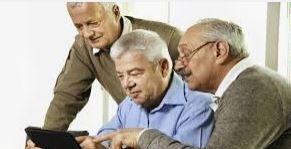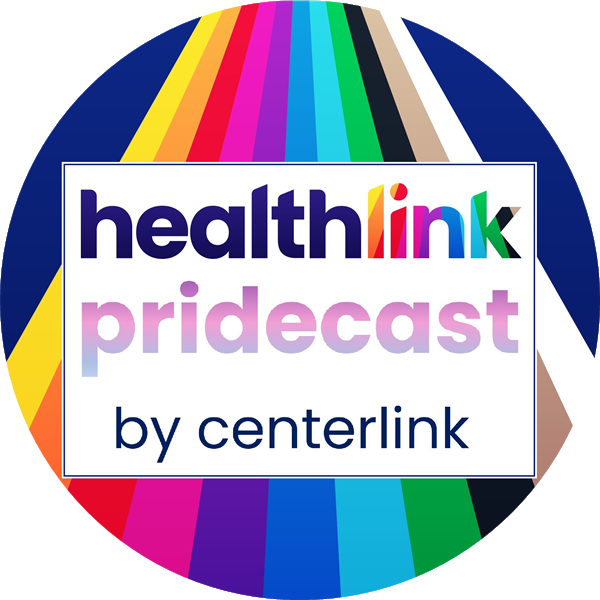Queer and Trans Men Feel Unsafe During Pandemic

LGBT HealthLink, 5/28/2020
Now you can HEAR your Weekly Wellness Roundup, too! Subscribe to our weekly podcast here: https://bit.ly/LGBTWellnessPodcast or where ever you podcast.
Queer and Trans Men Feel Unsafe During Pandemic
Huffington Post reported on a new study finding that 30% of queer and transgender men feel unsafe in their own homes during the COVID-19 pandemic, while 72% had experienced anxiety and 24% felt extreme loneliness. The study explored both physical and emotional safety and found concerns related to unsupportive families, abusive partners, and lack of connection to community and services.
Standing against Discrimination
UNAIDS marked May 17th as International Day against Homophobia, Transphobia, and Biphobia, and called on governments to enact laws to protect LGBT rights. They also called for an immediate stop to arbitrary arrests of LGBT individuals, which they say has increased during the COVID-19 pandemic as some governments are using LGBT populations as scapegoats and targeting them for harassment.
Rule Could Invisiblize Foster Youth
Human Rights Campaign reported on a proposed federal rule that would eliminate sexual orientation data collection by state foster care systems. The current rule instructs states to collect sexual orientation information on both youth in the system and prospective parents, as a way of bringing visibility to a population that is disproportionately involved in the foster care system and that has unique needs.
Providing PrEP During the COVID-19 Pandemic
The CDC issued guidance on how providers of PrEP (the HIV prevention treatment) can continue to provide services during the COVID-19 pandemic, noting that containing HIV is still a public health priority. They provided options for at-home and self-test kits to ensure those on PrEP can continue to regularly test for HIV, and recommended that providers issue 90 day refills to reduce the frequency of pharmacy visits.
Trans Patients More Likely to Have HIV Diagnosis
Researchers examined electronic medical records and found that transgender patients were much more likely to have had an HIV diagnosis (at 3.9%) than were non-transgender patients (at 0.32%). Transgender individuals living with HIV also had a higher burden of most opportunistic infections compared to their non-transgender peers living with HIV, highlighting another level of disparities.
Using Tech to Link LGBT Elders
Washington Blade reported on how technology can reduce isolation among LGBT older adults. They say that these adults are particularly in need of accessing social support and medical services virtually, since they may lack social support or affirming care where they are physically based. LGBT older adults are also more likely than others to live in poverty and thus may lack the means to access these services.




